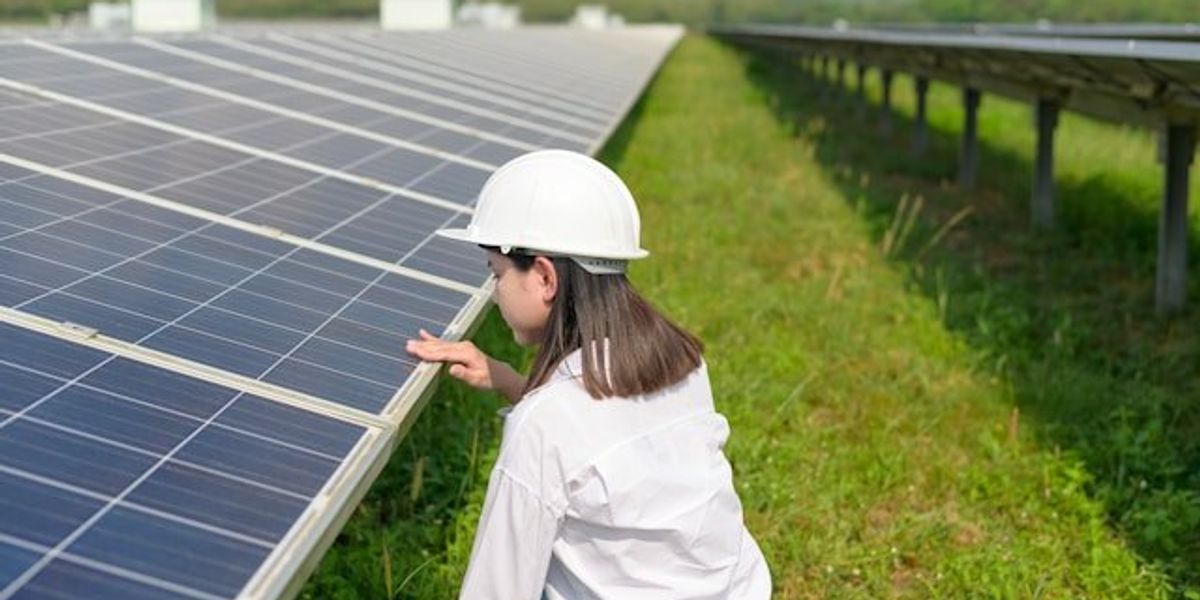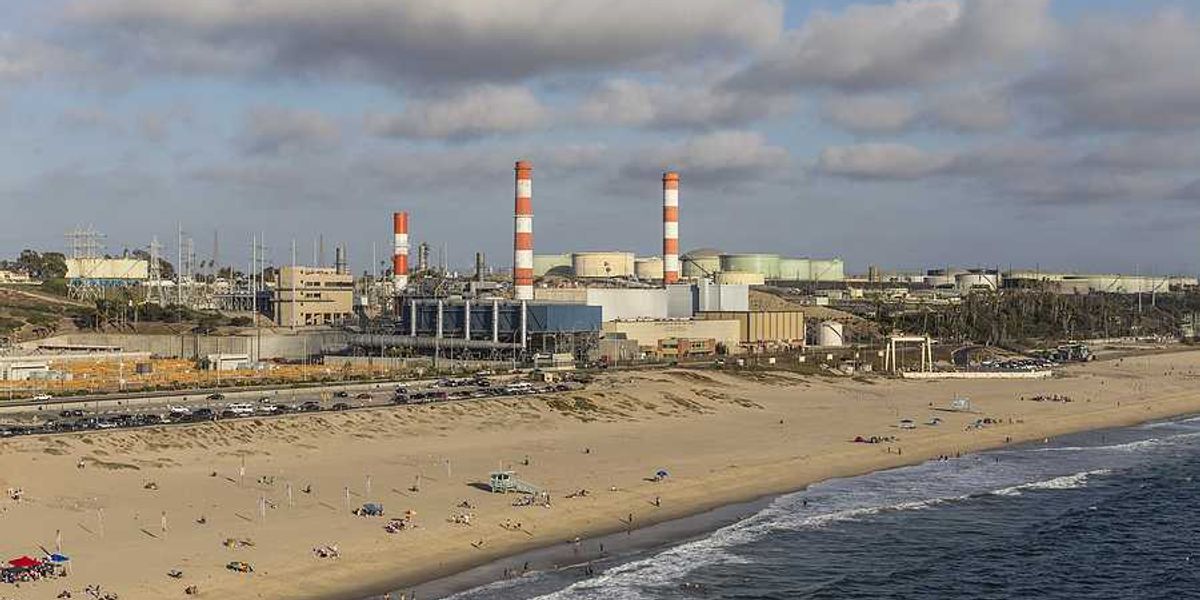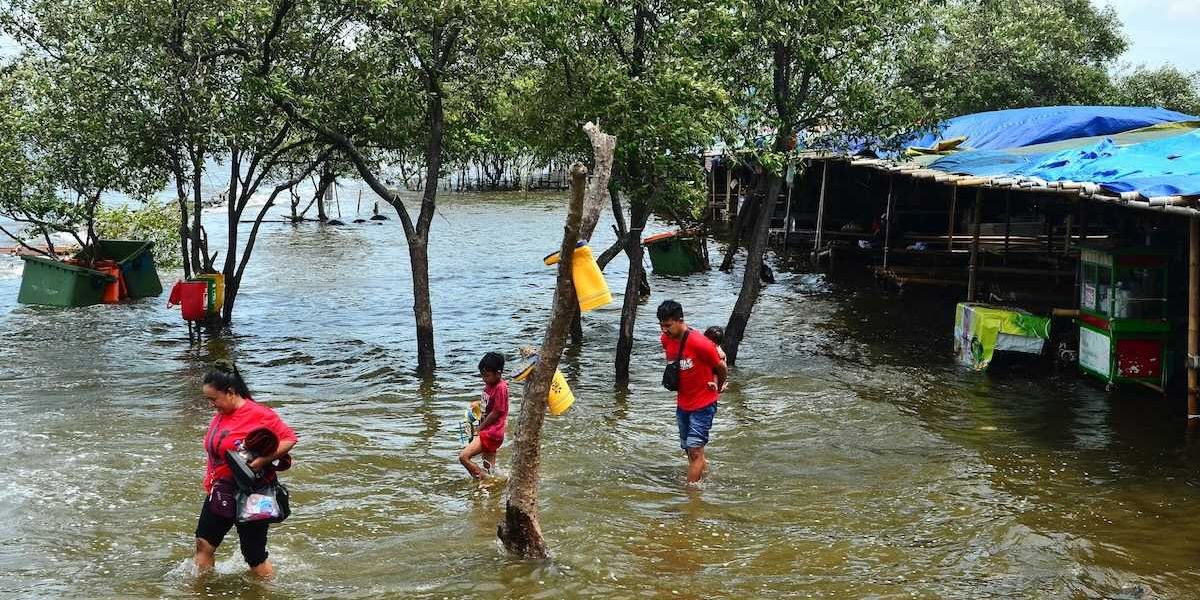
Small solar expansion could slash U.S. power-sector carbon by 8.5 million metric tons
A new Science Advances study finds that ramping up solar generation by just 15% in key states would erase the annual carbon output of nearly two million cars.
Brian Bienkowski reports for The New Lede.
In short:
- Modeling five years of hourly grid data, researchers found midday solar additions in California, Texas, Florida, and several regional grids deliver outsized emission savings.
- A 15% increase would achieve 13% of the U.S. Environmental Protection Agency's annual carbon goal even as the agency moves to drop its greenhouse gas authority.
- Congressional and executive actions ending clean energy tax credits and subsidies threaten solar’s status as the nation’s fastest growing power source.
Key quote:
“If you increase solar at noon, not only do you get immediate changes in terms of reduction of emissions, but you’ll also see like two or three or four hours later there is a reduction in carbon emissions.”
— Arpita Biswas, assistant professor of computer science at Rutgers University and study lead author
Why this matters:
Electricity remains the nation’s second-largest source of planet-warming gases, and fossil-fired plants also churn out soot and smog-forming chemicals tied to asthma, heart disease, and premature death. Even a modest solar uptick, the study shows, would avoid millions of tons of carbon while cutting sulfur dioxide and nitrogen oxides that disproportionately burden communities near power plants. Yet the federal retreat from climate rules and consumer incentives comes just after 2024’s record heat, when hospitals logged surges in heat-stroke and wildfire smoke sent air quality alerts coast-to-coast.
Read more: Renewable energy lobbyists spend millions to fight GOP rollback of climate incentives













